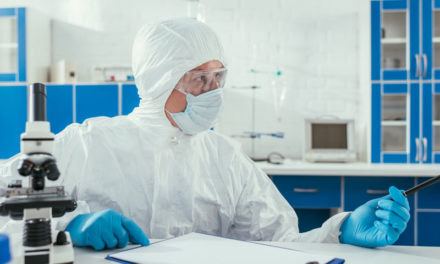Counterfeiting has long been a serious problem in the pharmaceutical industry; counterfeit medications are often sold over the Internet as the real thing and can have fake or even harmful ingredients. The FDA is now seeking guidance on its 11-page document that recommends the use of PCIDs or physical-chemical identifiers that can be used to determine whether or not a product is the real thing.
These identifiers should use the minimum amount of ink or other substances necessary to provide identification, and no added substances can interfere with the active ingredients in the drug being manufactured.
This document is titled Draft Guidance for Industry: Incorporation of Physical-Chemical Identifiers into Solid Oral Dosage Form Drug Products for Anticounterfeiting. It covers most forms of identifiers, but excludes RFIDs, perhaps because this topic is just too new and has too many open variables at present.
It also focuses almost exclusively on SODFs or solid-oral-dosage form medications. Counterfeiting is a problem for more than just SODFs, but liquid medication provides a new and more difficult challenge that is yet to be tackled.
A discussion at the end about incorporating the PCID into the packaging and labeling is included – however, packaging and labeling are the easiest of all to recreate by counterfeiters. It makes sense to incorporate a nontoxic, inactive label on each and every product to provide rapid and easy identification of counterfeit drugs.
Currently, counterfeit malaria drugs kill about 2,000 children in Africa alone and are a growing problem for third world countries in particular. In many cases, the counterfeit medications contain some level of the needed drug, but not enough to be effective or save the person’s life. In other cases, the counterfeit drugs are merely sugar pills. The World Health Organization estimates that as many as 1 in 4 drugs sold in developing countries may be counterfeit.
Counterfeit drug detection is now performed using a mass spectrometer – a time-consuming and expensive process. The addition of the ion gun developed in 2005 sped things up a bit, but each pill still must be individually examined. Pharmaceutical consultants agree that the widespread use of PCIDs by legitimate pharmaceutical companies will be a great step forward in the elimination of this illegal and life-threatening business – which also takes away profit dollars from US pharmaceutical companies.
If you enjoyed this article, please feel free to post it to your site or blog and forward this link to your friends. Have a great day!
Don’t Forget to Subscribe by RSS or Email:




